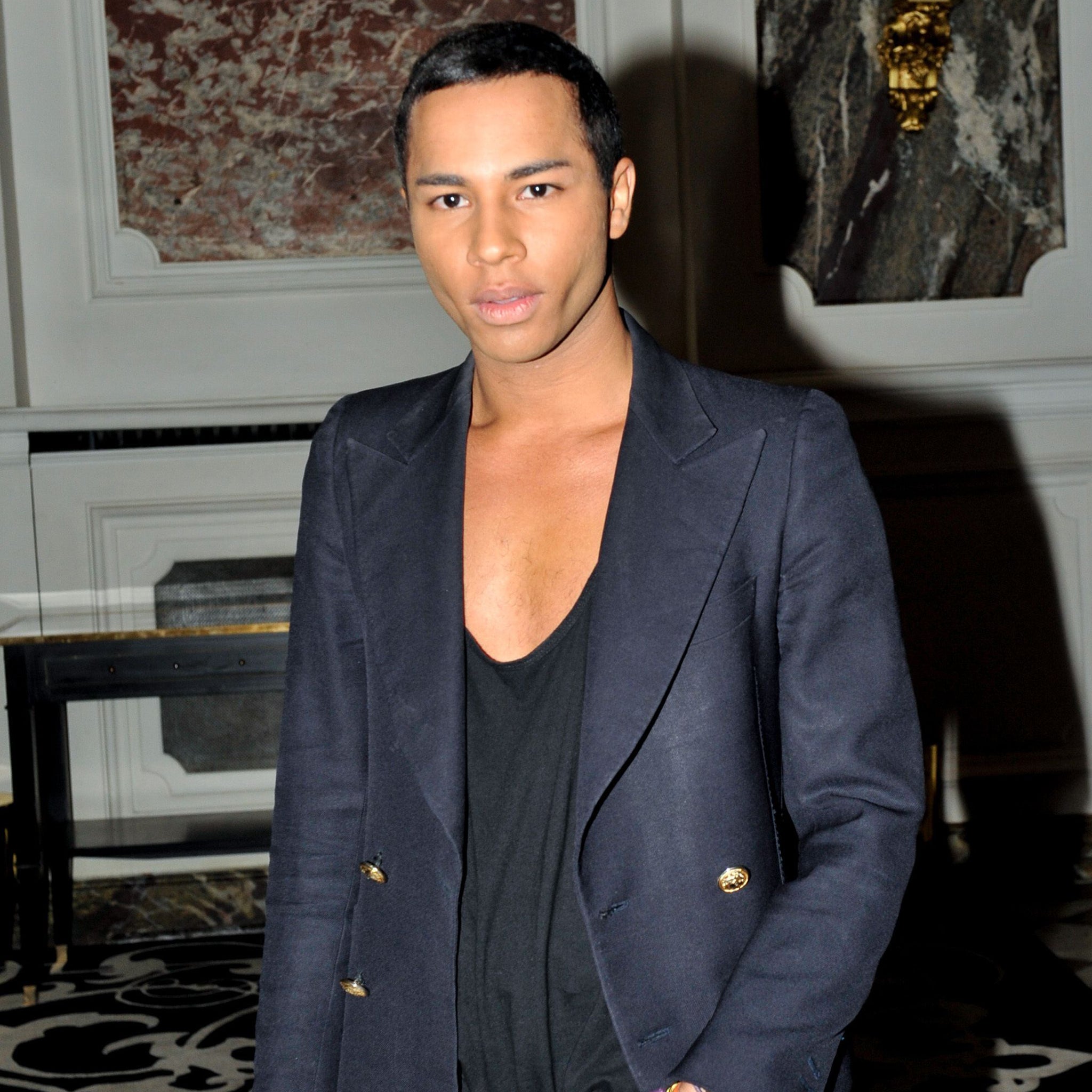In fashion, who truly owns what? You can’t always tell by the label
Olivier Rousteing is the latest designer name harnessed by H&M to create a one-off collection of his greatest hits at rock-bottom prices

Who owns what? Or rather, who owns the rights? It’s something few industries challenge as frequently as fashion. The Balmain designer Olivier Rousteing once told me he’d seen a jacket in a high street retailer that mangled a print ripped from his latest collection with a silhouette from Phoebe Philo’s Celine. He was overjoyed. Actually, Rousteing himself is collaborating with the high street: come November, he’s the latest designer name harnessed by H&M to create a one-off collection of his greatest hits at rock-bottom prices.
In the past, designer copying was par for the course. Haute couture not only rang in the changes for the everywomen, but often dressed her, licensing manufacturers and department stores to copy their designs. The advent of designer ready-to-wear changed all that – and manufacturers decided that rather than paying fashion houses, they’d just nick their designs.
Rousteing doesn’t seem to mind that. But he’s in a minority – although it is one that numbers such designers as Coco Chanel, who once said: “If you want to be original, be ready to be copied.” She was, rabidly. Chanel’s cardigan jackets became style rather than fashion by nature of their ubiquity.
However, what happens when the people doing the ripping off are the designers themselves? Rousteing himself came under fire last September for a design that was remarkably similar to an outfit from Alexander McQueen’s 1997 debut for Givenchy. The internet, naturally, had a field day. In 2001, the same happened with Nicolas Ghesquière, then of Balenciaga, who took close inspiration from some patchwork from the late, insidery 1970s designer Kaisik Wong.
Maybe there’s a tacit, Chanel-ish understanding about that cross-copying inside the fashion world. But outside is a different matter. Last week, a Brooklyn-based graffiti artist named Joseph Tierney (also known as Rime) filed a lawsuit against Italian label Moschino and its designer Jeremy Scott, over gowns “tagged” with graffiti Rime claims chimes with his own. The spray-paint clutch-bags dangled at the show, and used by Katy Perry as accessories to an offending dress at May’s Met Ball, are cited as evidence, “as if defendants” - meaning Scott, and Moschino - “were responsible for the artwork”.
Oh, come on. I get what Tierney is saying – and I get that he’s annoyed by someone else making a buck off what he thinks is his work (both Moschino and Perry – who features in the dress in the brand’s autumn/winter campaign). But the man spray-paints buildings, a form of art that’s frequently seen as criminal. I’ll be interested to see how the lawsuit pans out – who has the rights, and who’s in the wrong. But maybe everyone should listen more closely to Coco?
Join our commenting forum
Join thought-provoking conversations, follow other Independent readers and see their replies
Comments